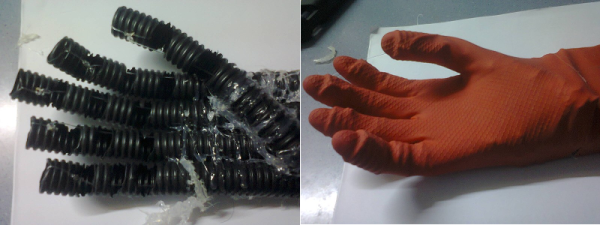It’s just a little past Halloween, but Adafruit’s talking dog collar, modeled after the movie Up, is still a nice fusion between crafting and hacking.
One reason that Adafruit is so popular is that every time they sell us something, they give us some of the worlds best tutorials and libraries for free. For this project they’re using their Bluetooth LE board and their Audio FX board with a few more mundane vitamins to construct the collar. We’re sure the enterprising hacker could find alternatives if they so choose.
The collar is made of leather and 3D printed props. They went with alkaline batteries rather than lithium, to keep their doggy companion a little safer. All the electronics are hidden under the various props and the wiring is routed behind the belt. To control the app, the different sound bytes are mapped to buttons on their Bluetooth-to-serial phone app.
It’s a good starter tutorial, and the concept applied differently would definitely be good for at least one good prank on a coworker or friend.

















